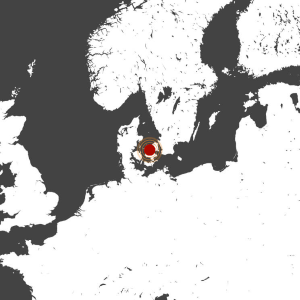A crank angle sensor on an e-bike is a big step up from a traditional cadence sensor. By using an absolute angle sensor on the crank, the motor controller gets one more input parameter for the central algorithm that controls how the motor responds to the rider’s input. An angle sensor shows the precise position of the crankset. By looking at how quickly the angle changes, it is easy to calculate the cadence as well. There are several advantages of using an absolute angle sensor to detect crank movement for an e-bike which is why this is the preferred method for higher-end e-bikes and cargo bikes. The main advantages are summarized below: You can read more about the torque “peanut” plot and how the human body works on a bike online (“Peanuts or 8’s – Pedal Action” and “The Wattbike Atom: Sweat the technique” as good examples).
Why Do I Need a Crank Angle Sensor on My E-bike?
Why Do I Need a Crank Angle Sensor on My E-bike?
Wondering if our torque/angle sensor technology can be used for your application? Check out the specifications.
 SENSITIVUS GAUGE
SENSITIVUS GAUGE